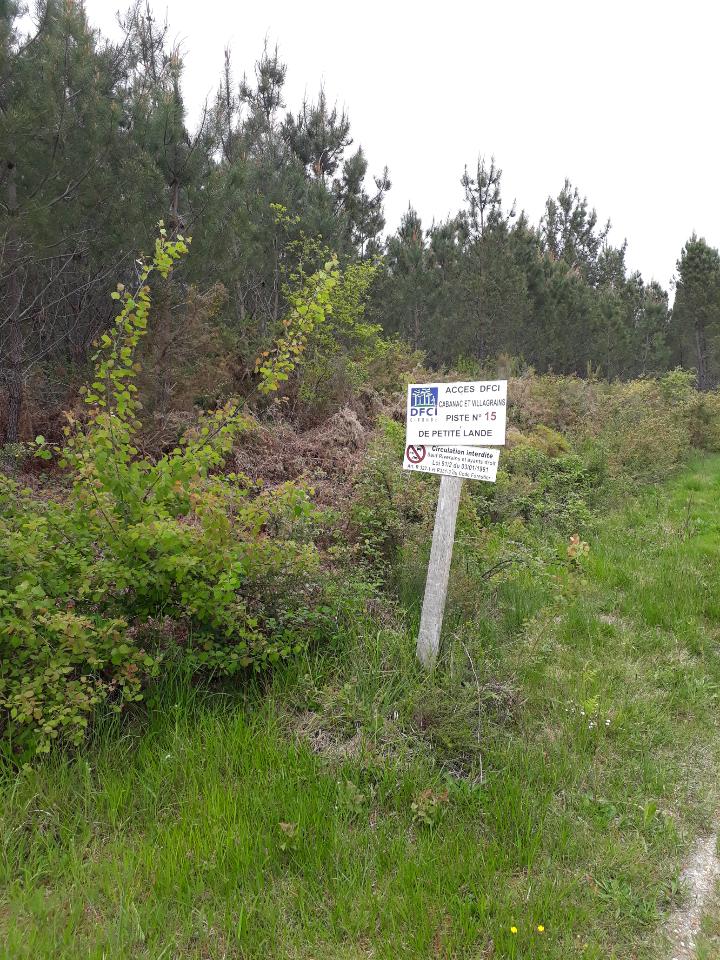Thermo-hydroregulation strategies involve concurrent changes in functional traits related to energy, water balance and thermoregulation and play a key role in determining life-history traits and population demography of terrestrial ectotherms. Local thermal and hydric conditions should be important drivers of the geographical variation of thermohydroregulation strategies, but we lack studies that examine these changes across climatic gradients in different habitat types. Here, we investigated intraspecifc variation of morphology and thermo-hydroregulation traits in the widespread European common lizard (Zootoca vivipara louislantzi) across a multidimensional environmental gradient involving independent variation in air temperature and rainfall and differences in habitat features (access to free-standing water and forest cover). We sampled adult males for morphology, resting metabolic rate, total and cutaneous evaporative water loss and thermal preferences in 15 populations from the rear to the leading edge of the distribution across an elevational gradient ranging from sea level to 1750 m. Besides a decrease in adult body size with increasing environmental temperatures, we found little effect of thermal conditions on thermo-hydroregulation strategies. In particular, relict lowland populations from the warm rear edge showed no specifc ecophysiological adaptations. Instead, body mass, body condition and resting metabolic rate were positively associated with a rainfall gradient, while forest cover and water access in the habitat throughout the season also influenced cutaneous evaporative water loss. Our study emphasizes the importance of rainfall and habitat features rather than thermal conditions for geographical variation in lizard morphology and physiology.
This project was done in collaboration with CNRS CEBC at Chizé and Cistude Nature with funds from ANR AQUATHERM and Sentinelles du climat program.

Photograph: J.-F. Le Galliard
Chabaud, C., Berroneau, M., Berroneau, M., Dupoué, A., Guillon, M., Viton, R., Gavira, R. S. B., Clobert, J., Lourdais, O., & Le Galliard, J.-F. (2022). Climate aridity and habitat drive geographical variation in morphology and thermo-hydroregulation strategies of a widespread lizard species. Biological Journal of the Linnean Society, blac114. https://doi.org/10.1093/biolinnean/blac114
